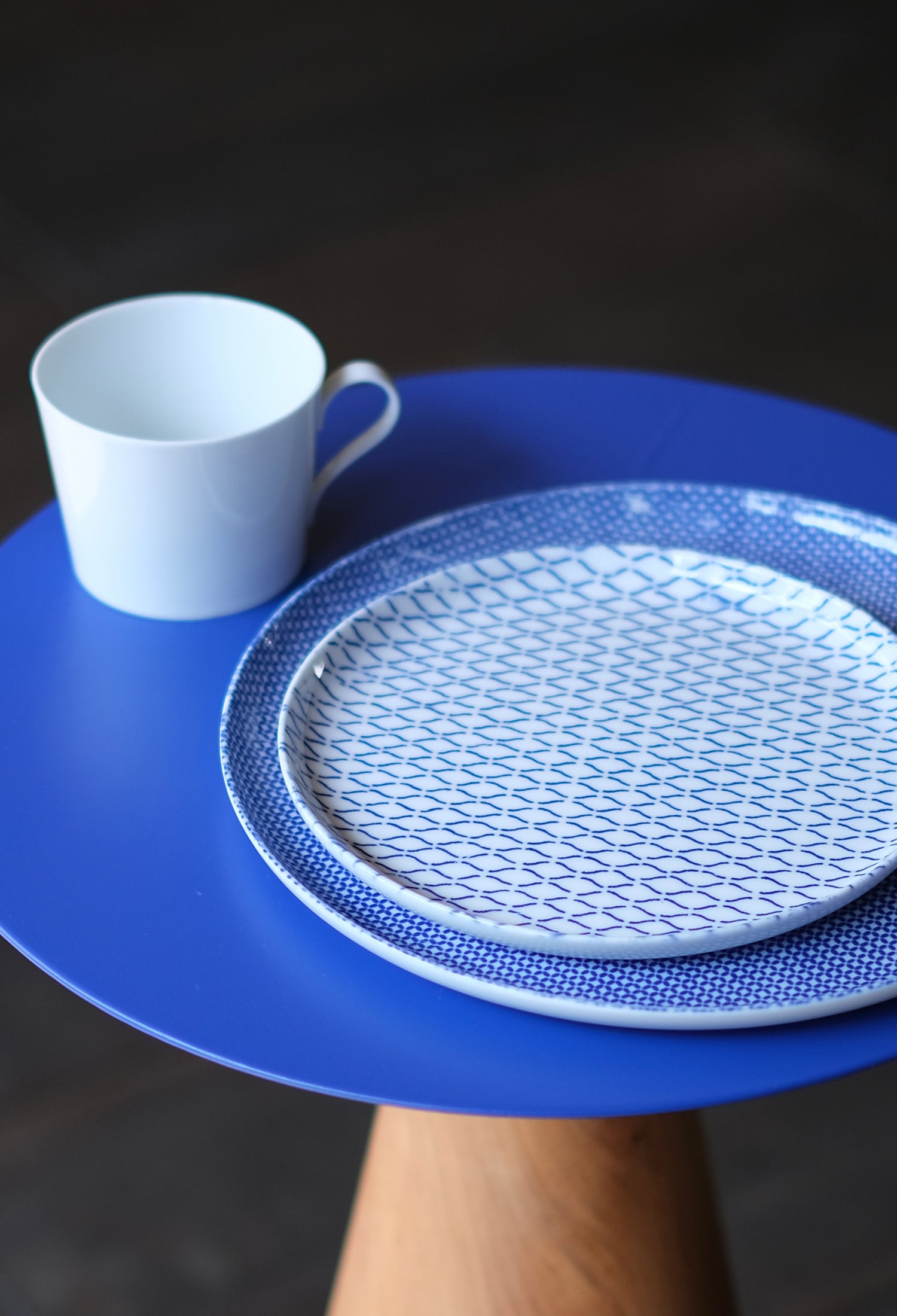











Atelier Zumthor working table - Square legs
The minimalistic table is used in Peter Zumthor’s private house and his atelier in Haldenstein, Switzerland.
The tabletop made of grafted solid wood is minimally designed, with four solid wood legs supporting it. The shape is what anyone would imagine of a table. However, the size, thickness, position of the legs, materials, and finishes work together to create an exquisitely balanced beauty with a remarkable impression. The removable legs are available in both round and square corners. They are easily installed by screwing the legs into the top board.
The clean composition without ambiguity makes the material stand out, giving the feeling of touching raw wood. Each unit is made by hand at the Time & Style Factory in Asahikawa, Hokkaido, an area known for its furniture production. Two types of finishes are available: Time & Style’s original tannin black finish and beeswax finish, both of which do not affect the texture of the wood.
PETER ZUMTHOR COLLECTION BY TIME & STYLE
SPECIFICATIONS
Wood: Oak
Finish: Beeswax / Tannin Black
Width: 2400 mm
Depth: 850 mm
Height: 750 mm
[Assembly instructions]
Note 1: The colors of materials may vary slightly depending on your device's screen.
Note 2: Please check here the list of the countries that we are not selling at this moment on this e-commerce site.
Variation:
Square legsHANDLING PRECAUTIONS
VARIATION OF ATELIER ZUMTHOR WORKING TABLE
This product can be made in the following variations.
| OAK | |||
 |
 |
||
| Beeswax | Tannin Black |
Please use the link below for variations of all items.
MATERIALS AND CARE
SHIPPING DUTIES AND TIME -Furniture-
The tax amount, VAT rate, and duty rate vary from 5% to 20%, depending on the country.
Payment of duties
Import VAT, and other taxes associated with the importation of the purchased product will be communicated to you by the courier at customs clearance via email or on your registered telephone number. Depending on where you live, you may have to pay at the time of delivery to your address.
Estimated delivery time
All products are order-made and carefully processed, assembled, and finished by our craftsmen in Japan.
Production time for Time & Style products will take up from 6 weeks to 12 weeks.
Production time for the Peter Zumthor collection takes three months.
We ship our products from japan.
For large quantities we will contact you.
For any further information, please contact us.
Choose options












Variation:
Square legs
